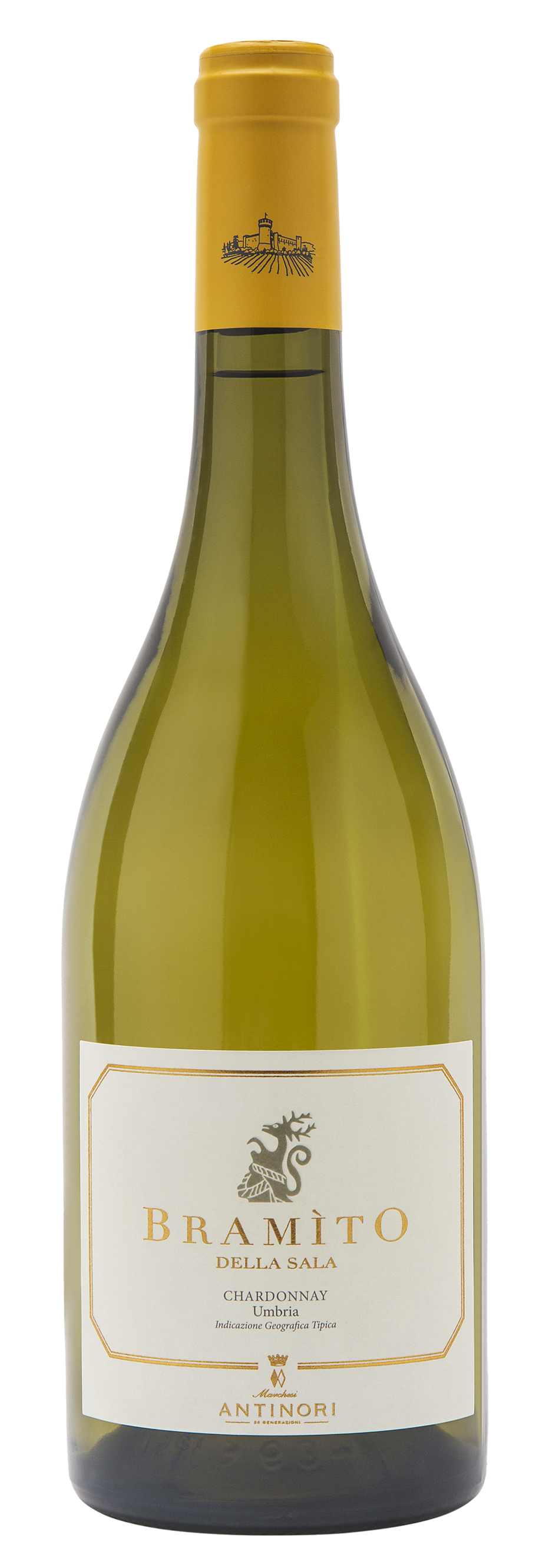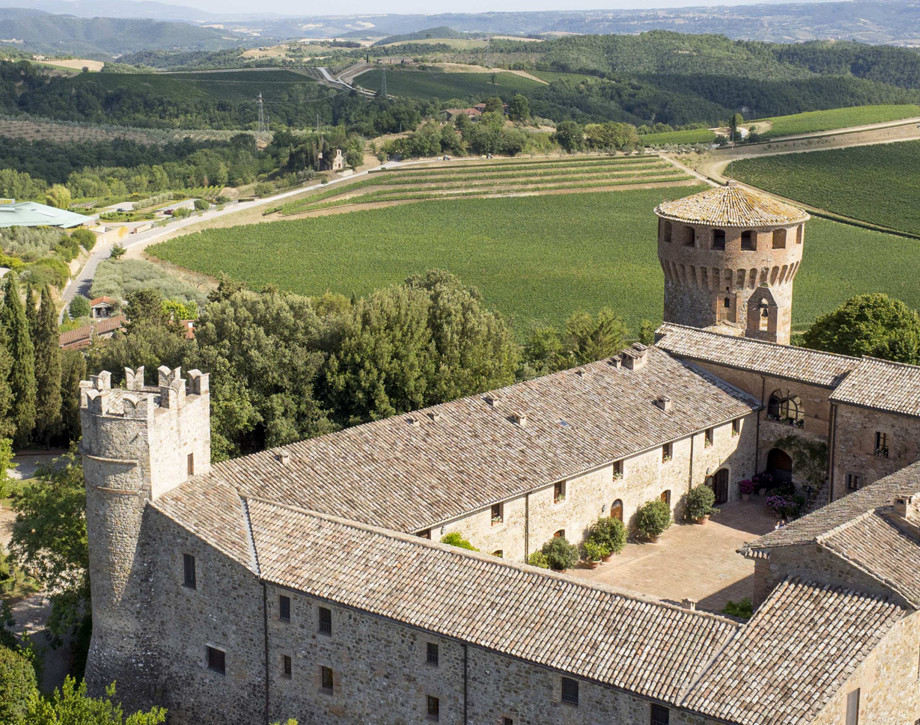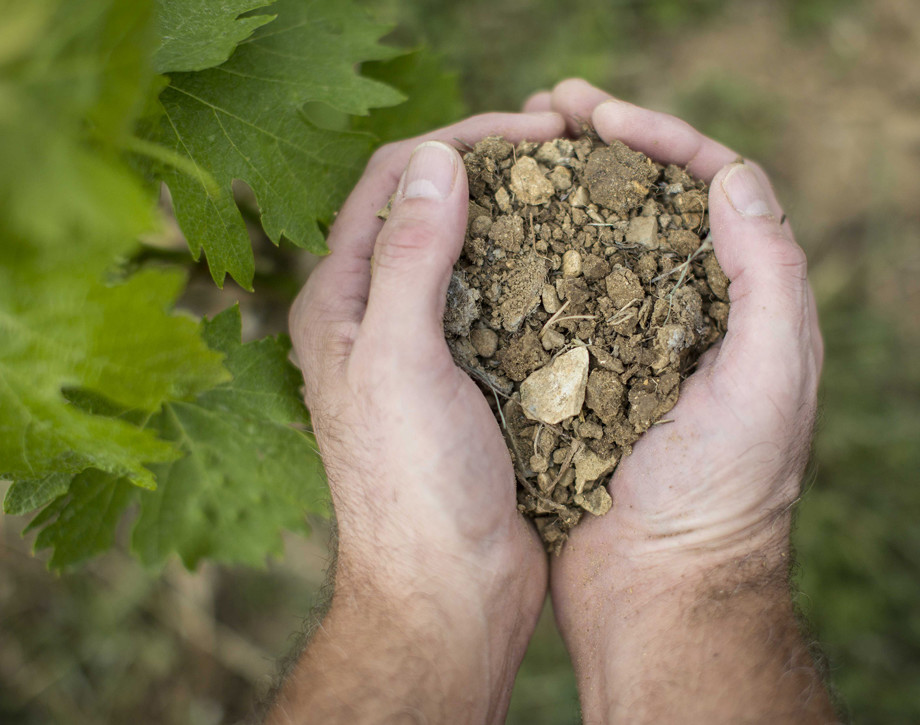Bramìto 2017
The Wine
Bramito is produced from the vineyards surrounding the medieval castle at Castello della Sala. One variety that thrives in this terroir is Chardonnay. The vineyards are on soils rich in fossil deposits with veins of clay that give the wine minerality and elegance.

The Wine
Bramito is produced from the vineyards surrounding the medieval castle at Castello della Sala. One variety that thrives in this terroir is Chardonnay. The vineyards are on soils rich in fossil deposits with veins of clay that give the wine minerality and elegance.

Climate
Mild winter weather and limited precipitation marked the beginning of the 2023 growing season. Spring brought higher than average levels of rainfall that recharged groundwater reservoirs in vineyard soils, slowing down budbreak and vine growth. Flowering took place towards the end of May and fruit set followed one week later, about 7 days later than seasonal averages. Warmer summer-like temperatures set in mid-July and lasted throughout the end of August, accompanied by optimal temperature swings between day and night. These conditions allowed the grapes to gradually progress to peak ripeness. Harvesting activities of Chardonnay for Bramìto della Sala began at the end of August, about one week later than last year, and continued into the first week of September. Harvested fruit was perfectly healthy, mature, with optimal acidity and an excellent aromatic profile.
Vinification
Freshly harvested grapes were brought to the cellar, destemmed and gently crushed. The must and the skins were chilled to a temperature of 10 °C (50 °F) for a short period of maceration, approximately 2-4 hours, to enhance flavors and extract the grape variety’s aromatic profile. After clarification in stainless steel vats, the different lots were handled separately; some went into oak and some into stainless steel vats where alcoholic fermentation occurred at a controlled temperature of 16-18 °C (61-64 °F); only the oak fermented lots underwent malolactic fermentation. The wine was then blended and bottled.
Historical Data
Bramito della Sala is produced from the vineyards surrounding the medieval castle at Castello della Sala. One variety that thrives in this terroir is Chardonnay. The vineyards are on soils rich in fossil deposits with veins of clay that give the wine minerality and elegance. Bramito della Sala’s first vintage was 1994.
Tasting Notes
Bramìto della Sala is an intense and bright straw yellow color. The nose delivers fresh aromatic notes of Golden apples and hawthorn together with hints of lemon pastry cream, vanilla, and biscuit. The palate expresses the full varietal character of Chardonnay with its creamy mouthfeel and sapidity accompanied by light hints of citron zest.

Castello della Sala
Castello della Sala is located in the Umbria region, not far from the Tuscan border, about 18 kilometers from the historic city of Orvieto. The Medieval castle’s property extends over an area of 600 hectares (1482 acres), 229 hectares (494 acres) are planted with vineyards at an altitude that varies between 220 and 470 meters above sea level (722/1541 feet) on the gently rolling hillsides that characterize the beautiful countryside in this area. Castello della Sala is the perfect place for growing white varieties. The vines grow in clay and calcareous based soils, rich in fossil shells, and they are well exposed to the rising of the sun with an excellent difference of temperature between day and night. The one exception to the rule is Pinot Noir, the only red variety that has found in this area ideal growing conditions to best express its full potential.

Soil
Soils originating from sedimentary deposits of marine fossils with veins of clay.


















